Vocabulary enhancement Normal Geometry Worksheets for Ages 4-7
6 filtered results
-
From - To
Boost your child’s geometric vocabulary with our "Vocabulary Enhancement Normal Geometry Worksheets" designed for ages 4-7! Our engaging worksheets introduce young learners to essential geometry terms and concepts through fun, interactive activities. Each worksheet builds understanding, encouraging children to confidently identify shapes, patterns, and spatial relationships. Perfect for early math enthusiasts, these worksheets foster critical thinking and foundational skills in a captivating way. Help your child excel in geometry while expanding their vocabulary with these expertly crafted educational tools. Ideal for classroom use or extra practice at home!
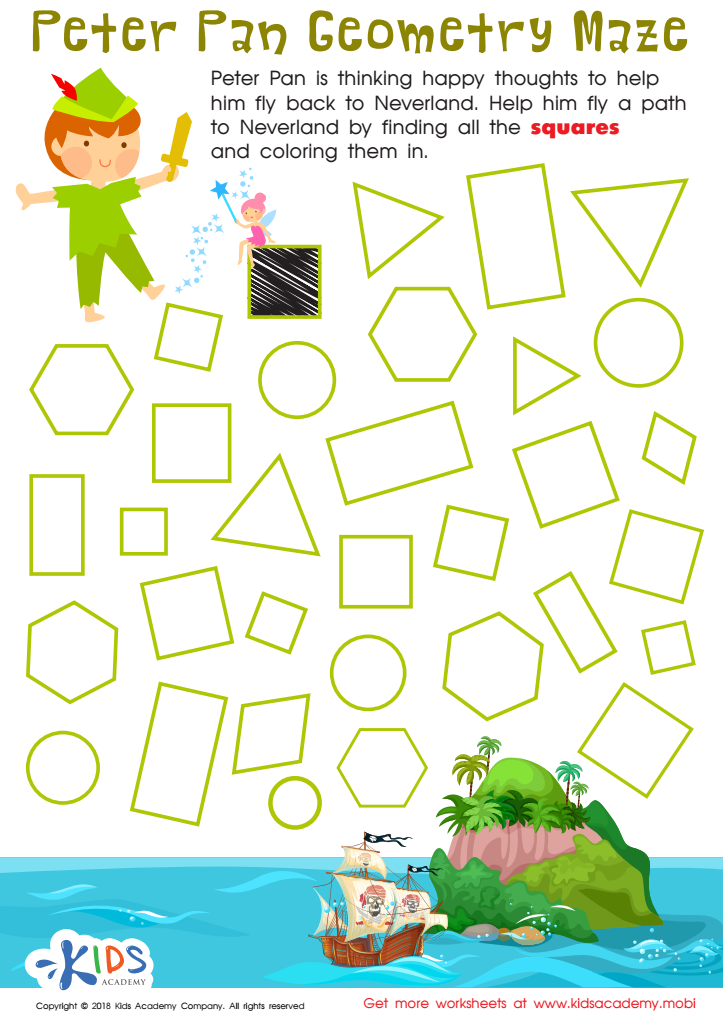

Peter Pan Worksheet
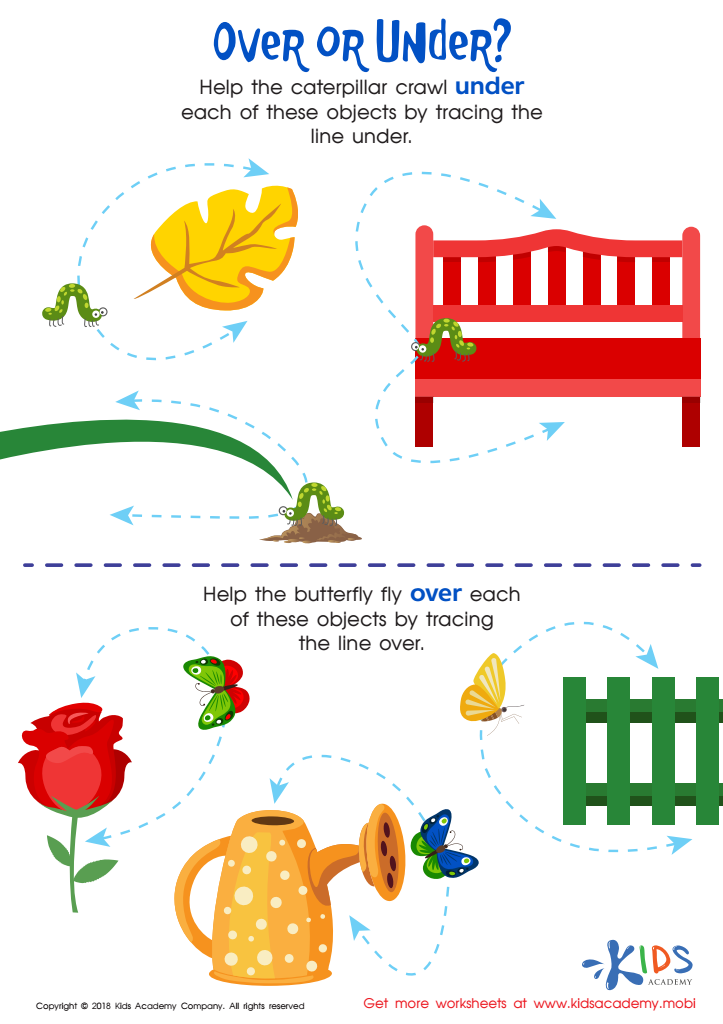

Over or Under? Worksheet
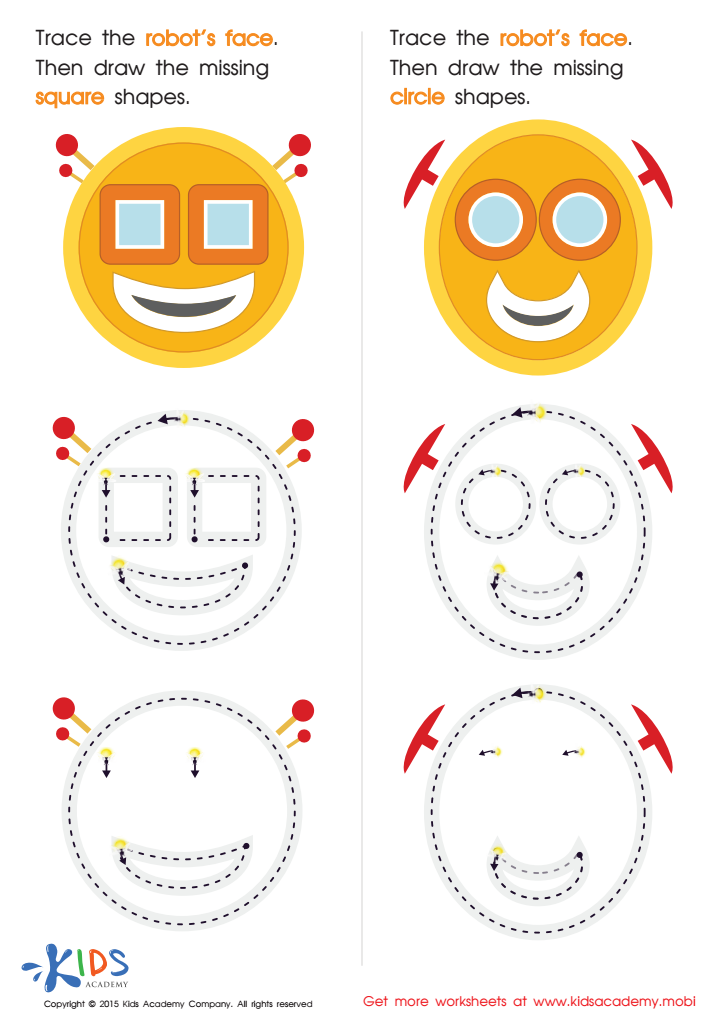

Practicing to Draw Circles And Squares Printable
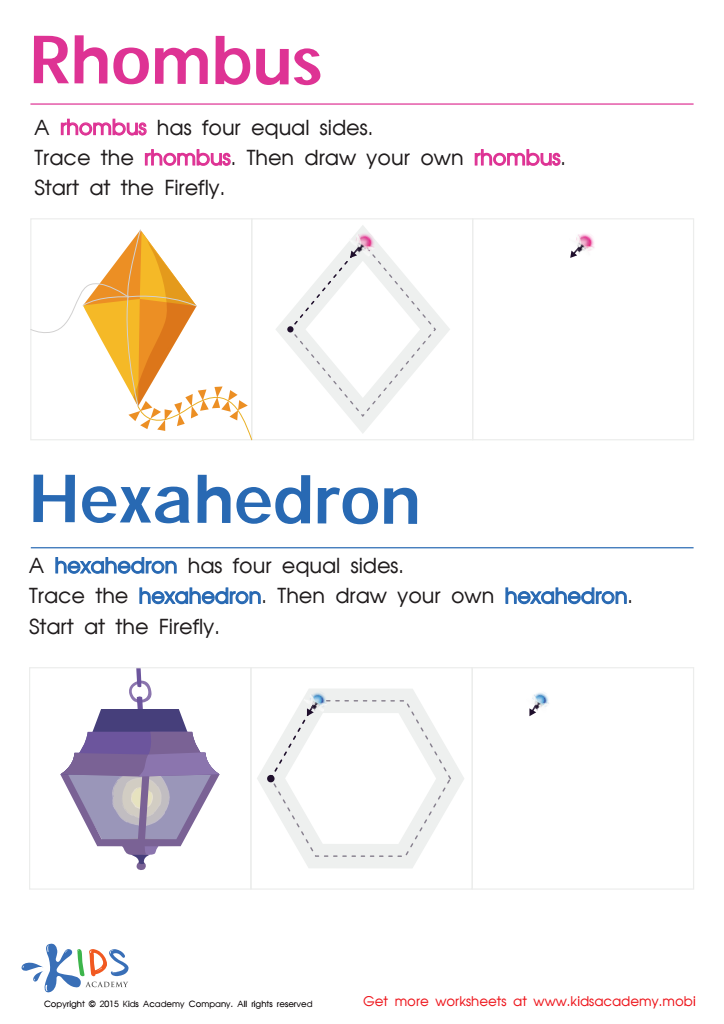

Draw a Rhombus And a Hexahedron Printable
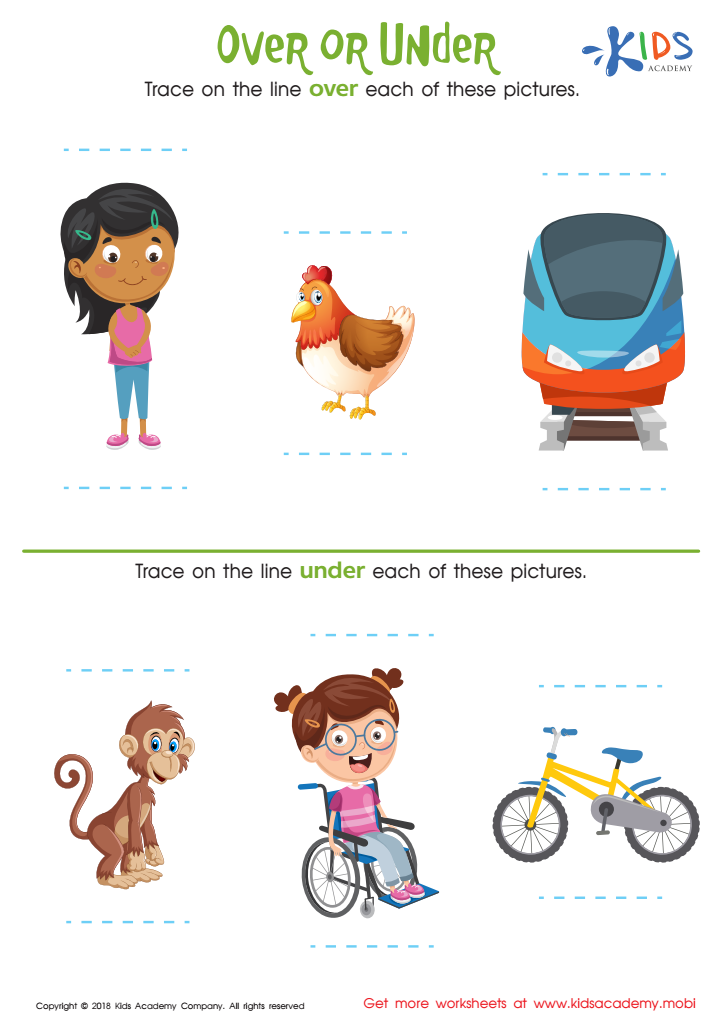

Over or Under Worksheet
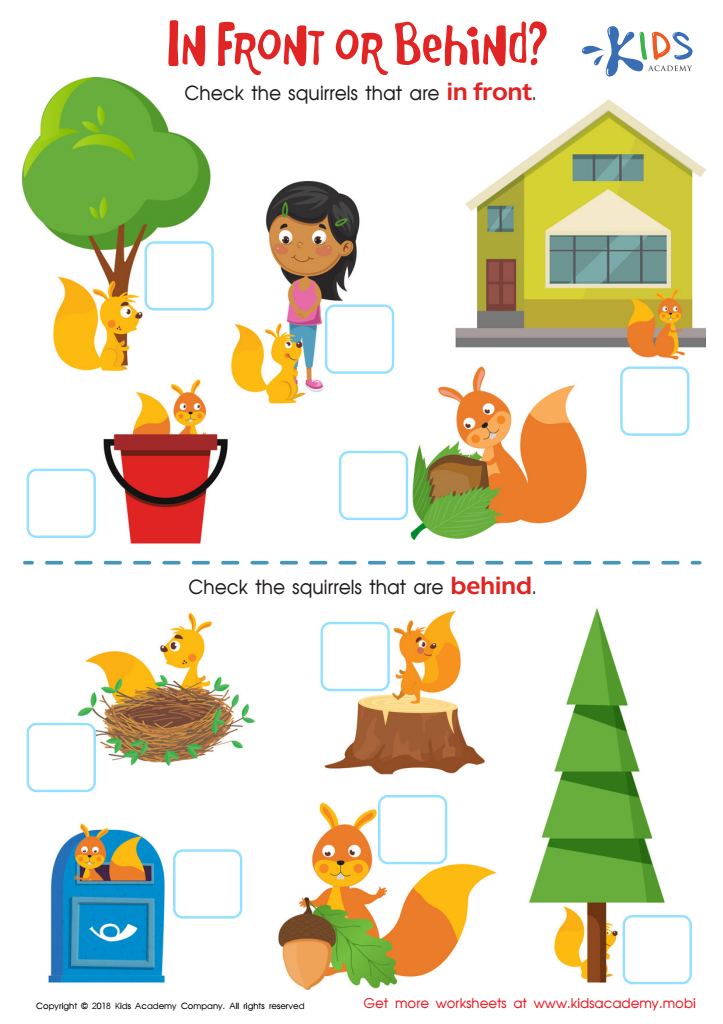

In Front or Behind: Part 2 Worksheet
Enhancing vocabulary in the context of normal geometry for children aged 4-7 is crucial for several reasons. Firstly, a strong vocabulary foundation aids in cognitive development by helping children articulate their thoughts more precisely. Understanding and using geometric terms like "circle," "square," "triangle," "above," "below," "next to," and "between" improves their spatial reasoning—a critical skill for problem-solving in many areas of life, including mathematics and everyday situations.
Secondly, early exposure to geometric vocabulary aligns with educational standards and curriculums, preparing children for future academic success in more advanced math and related subjects. It bridges the gap between concrete learning and abstract thinking, helping them grasp more complex concepts as they grow.
Moreover, incorporating geometry vocabulary in early education enhances language development. It provides context-specific terms that stimulate richer conversations between children and adults, thereby improving literacy skills. Words associated with shapes and spatial orientation enrich their verbal expression, comprehension, and ability to follow directions.
Additionally, familiarity with geometric vocabulary can boost children's confidence and engagement in learning activities, fostering a positive attitude towards education. It helps them navigate their world with greater understanding and accuracy, making everyday interactions more meaningful and enjoyable. By focusing on this aspect of early childhood education, parents and teachers lay a solid groundwork for future academic achievement and personal growth.
 Assign to My Students
Assign to My Students















